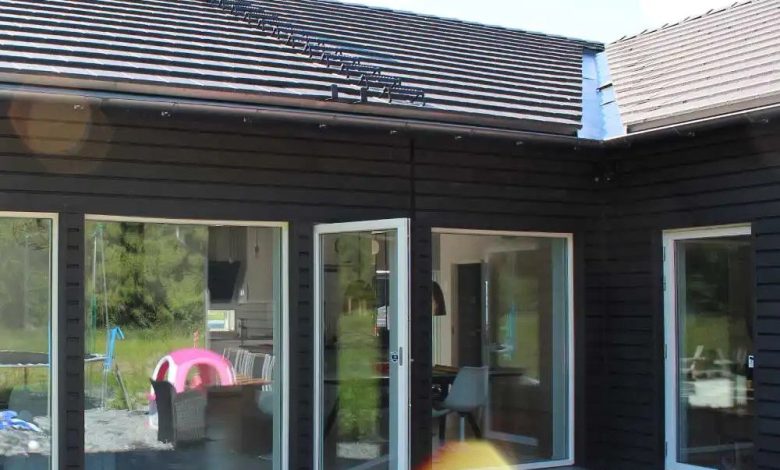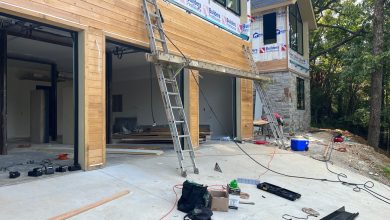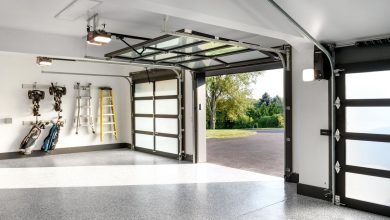How can mold be removed from Composite Cladding?

Mold and mildew are not a problem with composite cladding. This means that, unlike wood, the composite covering will not encourage the growth of mold and mildew. Mold and mildew may develop on composite cladding under certain conditions. This article will show you how to get rid of mold and mildew from your composite cladding. How can mold be removed from Composite Cladding?
Conditions favoring Mold and Mildew growth on Composite Cladding
Mold and mildew thrive under particular conditions, as we already indicated. Let’s take a look at each condition one by one.
No Maintenance
Composite cladding, like other construction materials, requires routine care to ensure that it lasts as long as possible. This means you’ll need to clean your wood plastic composite cladding on a frequent basis. Cleaning your composite cladding will not only improve its appearance but will also increase its durability. But what happens if you don’t keep your composite cladding up to date? The longevity of your composite cladding may deteriorate. If you allow organic matter to decompose on your composite cladding, the decaying areas will act as a breeding ground for mold and mildew. If tree branches fall and land on your cladding, the tree branches will degrade, providing a breeding ground for mold. Mould will leave black patches on your cladding, making it look less appealing. Cleaning your cladding is the best way to prevent mold and mildew. Mold and mildew will not flourish on your composite cladding if you clean it periodically and eliminate rotting organic debris from the surface. Your cladding has mold and mildew on it.
Scratches on your Composite Cladding’s surface
Another factor that might encourage mold and mildew growth on the surface of your composite cladding is a scratch. The composite cladding features an additional layer of plastic on the surface roughness that reduces moisture absorption. The patch will rapidly absorb moisture if you peel or damage the surface. If the scratch is deep and reaches the timber section of your composite covering, this will happen. When the wood component of composite cladding absorbs water, it rots. It’s important to keep in mind that any decay or rot will provide breeding habitat for mold and mildew. If your composite cladding surface is scratched and the patches deteriorate, mold will flourish on the decayed areas. You should avoid scratching your cladding as much as possible.
Mold and Mildew removal from Composite Cladding
You may remove mold and mildew from the surface of your composite cladding if it appears. Cleaning the areas with soapy water or vinegar is the proper technique to eliminate mold and mildew from the composite cladding. But first, how can you tell the difference between mold and mildew? Mold and mildew are fungi that grow in humid and moist environments. They thrive in damp conditions and swiftly spread throughout your composite cladding. Mold is a fungus that appears as black or green spots on the surface of the object it is growing on. Mildew does not penetrate your composite cladding and remains on the surface. Mildew development on composite cladding is more common than mold.
Steps mold removed from Composite Cladding
Step One – Find the locations
You must first identify the areas where mold and mildew grow in order to know where to clean them. Then you may try scraping the mold or mildew away so that you can easily wash it away with soapy water or vinegar.
Step Two – Make a soap mix
If you wish to remove mold and mildew from your Komposit Beklädnad, the next step is to mix the soap or vinegar you’ll need to clean it. If you wish to clean your composite cladding with soap, get a pail of water and some decent soap. After that, add the soap to the water and stir until it foams. If you like, you may also use a dedicated composite cladding cleaner for the job. Cleaning your composite cladding with vinegar is another option. To use on your composite cladding, mix the vinegar and water together.
Step Three – Scrub your Composite Cladding
Depending on whether you’re using soap or vinegar, you’ll want to pour the liquid over the mold and scrape it afterward. If you’re using soap, squirt soapy water over the areas where mold and mildew are growing and scrub. When cleaning your composite cladding, be sure you use a soft brush. If you’re going to use vinegar, first sprinkle baking soda on the mold or mildew, then spray it with vinegar. After that, scrub in the same manner you would with soapy water.
Step Four – Rinse your Composite Cladding
You should rinse your composite cladding with water after cleaning it clean. You may use a hose to sprinkle water on the composite cladding’s surface.
Conclusion
It’s simple to get rid of mold and mildew from the surface of your composite cladding. You should keep your cladding clean by scrubbing it with a brush after washing it with soapy water.




